Hey! Lets Talk about your project
We’ll contact you within a couple of hours to schedule a meeting to discuss your goals.
How to Create an Effective SEO Strategy in 2025
Posted on : 16 September, 2025
Search Engine Optimization (SEO) has never been more crucial than it is in 2025. In the past, SEO was often about trying to “beat the algorithm” with tricks like keyword stuffing, link farms, or automated content. Today, the game has changed. Search engines are far smarter and prioritize value, trust, and user experience above everything else.
The modern internet user is impatient and selective. If a website takes too long to load, feels outdated, or doesn’t answer their question clearly, they’ll bounce in seconds. At the same time, competition online is exploding. For every keyword, hundreds of businesses are fighting for visibility.
That’s why creating a truly effective SEO strategy in 2025 is not just a “marketing task.” It’s a long-term business growth plan. When done right, SEO delivers sustainable organic traffic, builds brand authority, and generates leads without paying endlessly for ads.
This guide will walk you through a comprehensive, step-by-step approach to building a winning SEO strategy in today’s landscape. Whether you’re a startup, an established brand, or even an IT company in India looking to scale locally, these steps will help you thrive in the evolving digital world.
Step 1: Understand SEO in 2025
Before jumping into tactics, you need to understand what SEO actually means today.
In 2025, SEO is not about “pleasing the algorithm.” Instead, it’s about aligning your digital presence with how people search, think, and interact online.
Here’s what defines modern SEO:
- AI-driven search engines: Google and Bing now rely heavily on artificial intelligence and machine learning. They can interpret context, intent, and even emotion behind searches.
- Voice and visual search growth: With tools like Alexa, Siri, and Google Lens, people no longer only type queries. They ask questions aloud or snap pictures to search.
- Mobile-first indexing: Since most internet traffic comes from smartphones, Google now uses the mobile version of websites for indexing and ranking.
- User-first experiences: Pages that offer faster load speeds, high-quality visuals, and clear navigation outperform clunky sites, even if both have similar content.
In short, SEO in 2025 is about people, not algorithms. Your goal is to solve problems better and faster than your competitors.
Step 2: Define Clear Goals for Your SEO Strategy
Jumping into SEO without knowing what you want to achieve is like setting sail without a map. The first step is defining clear goals.
Ask yourself:
- Do I want more website traffic?
- Am I trying to generate leads or sales?
- Do I want to build authority in my niche?
- Should I focus on local visibility or national/global reach?
For example, an IT company in India may focus on local SEO to capture clients searching for services in India. Meanwhile, a SaaS company in Mumbai might prioritize global SEO to attract international customers.
Once you set goals, you can attach KPIs (Key Performance Indicators). These might include:
- Organic traffic growth (month-over-month)
- Number of leads from organic search
- Click-through rate (CTR) on key pages
- Domain authority improvements
- Keyword rankings for target terms
When goals are clear, every SEO activity connects to a measurable business outcome.
Step 3: Deep Audience & Competitor Research
SEO starts with understanding your audience. After all, if you don’t know what your customers are searching for, you can’t create content that resonates.
How to Research Your Audience:
- Use Google Analytics and Search Console to see what queries currently bring traffic.
- Explore tools like SEMrush, Ahrefs, or Ubersuggest for keyword ideas.
- Look at People Also Ask and related searches on Google to identify common questions.
- Build buyer personas that reflect your audience’s pain points, demographics, and search intent.
Competitor Research:
- Identify who your real SEO competitors are (not always your offline competitors).
- Analyze their keyword strategy, backlink sources, and content formats.
- Find content gaps where you can provide more detailed or unique answers.
For example, if competitors only cover “SEO basics,” you can stand out by publishing a comprehensive 2025 SEO strategy guide with examples, visuals, and updated data.
Step 4: Perform a Comprehensive Website Audit
Imagine pouring water into a leaky bucket. That’s what happens if you push traffic to a website with technical issues. A full SEO audit is crucial before scaling.
Checklist for a 2025 Website Audit:
- Core Web Vitals: Ensure pages load under 3 seconds, are stable, and responsive.
- Mobile optimization: Check how your site looks and performs on different devices.
- On-page SEO: Review title tags, meta descriptions, headings, and image alt texts.
- Site structure: Create a logical hierarchy with clear navigation and internal linking.
- Broken links: Remove or update dead links that hurt user experience.
- Crawlability: Ensure Google bots can index all important pages.
A healthy website foundation ensures every SEO effort is amplified.
Step 5: Advanced Keyword & Topic Research
Keywords are still important, but the approach in 2025 is different. Search engines prioritize context and intent over exact-match terms.
Modern Keyword Strategy:
- Use long-tail keywords like “how to create an effective SEO strategy in 2025” instead of just “SEO strategy.”
- Build topic clusters: one main pillar page supported by multiple related blog posts.
- Focus on search intent: Is the query informational, navigational, or transactional?
Example:
- Informational: “What is SEO in 2025?”
- Navigational: “Best SEO tools for businesses in India”
- Transactional: “Hire digital marketing services in India”
Covering all stages of intent ensures your content attracts visitors at every stage of the buyer journey.
Step 6: Create High-Quality, Human-Centered Content
Content remains the core of SEO, but the rules have changed. Search engines can now detect thin, AI-spun, or duplicate content. What they reward is human-centered, valuable content.
Tips for Creating Great Content:
- Write long-form blogs and guides that solve problems thoroughly.
- Use visuals, infographics, and videos to explain complex ideas.
- Include real-life examples, case studies, or customer stories to build trust.
- Incorporate micro-content (like checklists or quick tips) for easy skimming.
Remember the E-E-A-T principle: Experience, Expertise, Authoritativeness, Trustworthiness. Content that demonstrates real knowledge always outperforms generic posts.
For example, instead of just saying “SEO improves rankings,” explain how a local bakery doubled sales by using Google Business Profile optimization.
Step 7: Optimize for Voice, Visual, and Local SEO
SEO in 2025 extends beyond text searches.
- Voice Search Optimization: Target conversational phrases like “What’s the best SEO strategy in 2025?” rather than short keywords.
- Visual Search: Optimize images with descriptive alt text, proper compression, and schema markup.
- Local SEO: Essential for regional businesses. An IT company in India can optimize Google Business Profile, earn local reviews, and build citations to dominate local searches.
By diversifying your approach, you capture traffic from multiple search types.
Step 8: Strengthen Technical SEO & User Experience
Search engines care deeply about user experience. If users abandon your site, rankings drop.
Best Practices:
- Implement schema markup for rich snippets.
- Secure your site with HTTPS.
- Compress images and clean up code for faster speeds.
- Ensure accessibility with proper headings, alt texts, and contrast.
- Design with mobile-first UX in mind.
Technical SEO is often invisible to the user, but it dramatically impacts engagement and conversions.
Step 9: Build Authority with Backlinks & Digital PR
Backlinks still matter in 2025, but focus has shifted to quality over quantity.
Strategies to Earn Backlinks:
- Guest post on authoritative industry sites.
- Create shareable resources like whitepapers, tools, or original research.
- Use digital PR to get media mentions.
- Partner with influencers or experts for collaborations.
Think of backlinks as votes of confidence from other sites. The more credible the vote, the higher your authority.
Step 10: Embrace AEO, GEO, and AIO for Future-Ready SEO
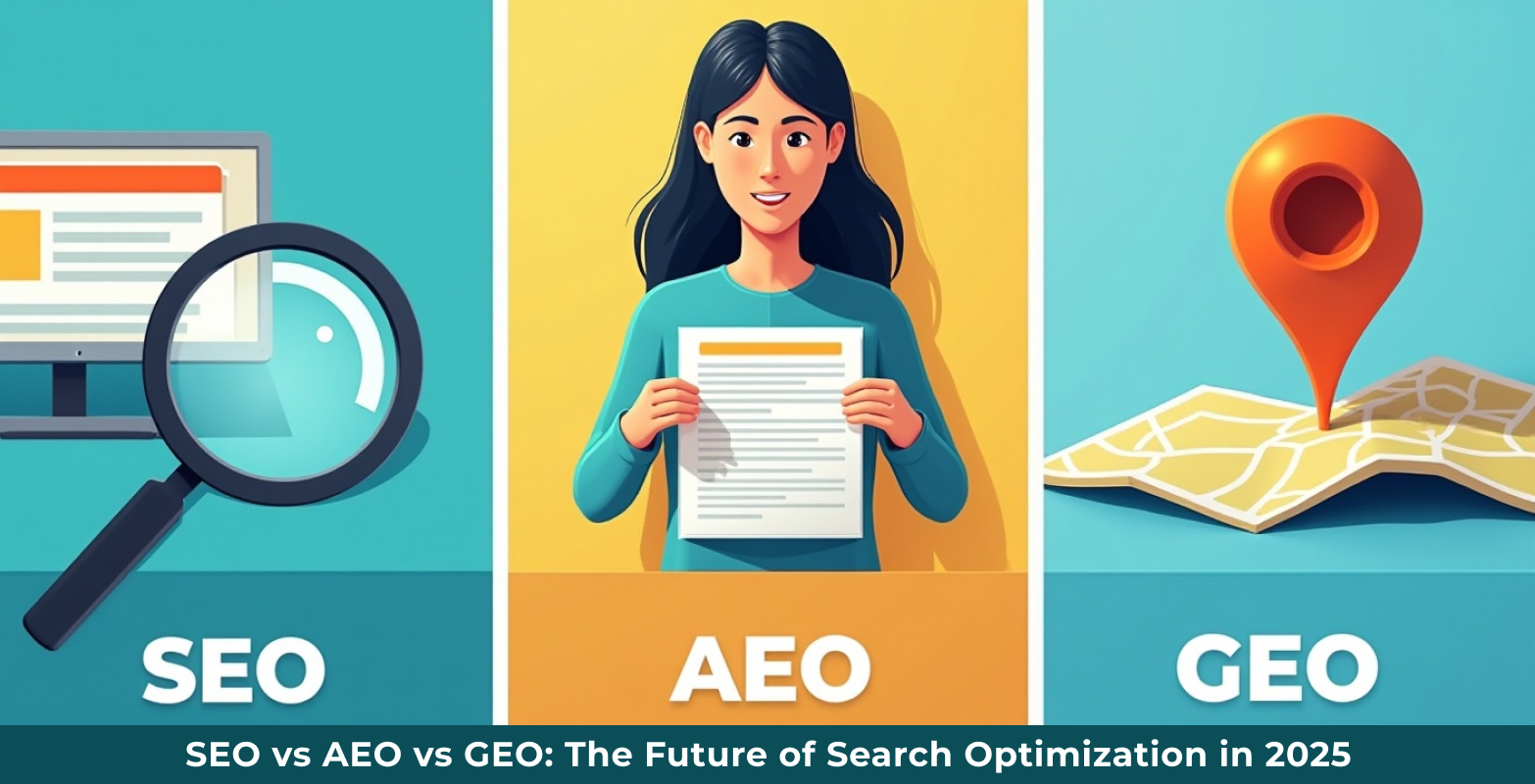
One of the biggest changes in SEO is the rise of Answer Engine Optimization (AEO), Geographic Optimization (GEO), and AI Optimization (AIO). These trends are shaping the way businesses appear in search results.
Answer Engine Optimization (AEO)
- Create FAQ sections with clear, concise answers.
- Use structured data/schema markup to signal answers to search engines.
- Write content in question-and-answer formats.
AEO ensures your brand appears in featured snippets, voice search results, and AI-driven responses.
Geographic Optimization (GEO)
Local relevance has never been more important. For example, a company offering digital marketing services in India should target both national and city-specific keywords like “SEO agency in Kochi” or “IT company in Calicut.”
- Optimize Google Business Profile.
- Encourage customer reviews and ratings.
- Build local backlinks from chambers of commerce, local media, and directories.
GEO helps brands dominate regional markets while scaling nationally.
AI Optimization (AIO)
- Use AI to analyze search intent and personalize recommendations.
- Automate repetitive SEO tasks like reporting or technical fixes.
- Combine AI with human creativity to produce authentic, unique content.
Brands that embrace AIO will gain efficiency while keeping the human touch that search engines and audiences demand.
Step 11: Leverage AI & Analytics for Continuous Improvement
SEO is not “set it and forget it.” Continuous improvement is key.
- Use AI tools to analyze keyword performance and suggest optimizations.
- Track KPIs like CTR, bounce rate, dwell time, and conversions.
- Refresh old content to keep it updated.
- A/B test meta descriptions and headlines for better CTR.
In 2025, agility is the biggest SEO advantage. Brands that adapt quickly always stay ahead.
Conclusion
Creating an effective SEO strategy in 2025 requires a balance of technology, creativity, and human connection. By focusing on audience intent, producing high-quality content, strengthening technical SEO, and adopting innovations like AEO, GEO, and AIO, your brand can achieve lasting visibility and growth.
Whether you’re a global enterprise or an IT company in India aiming to attract local clients, SEO is your most powerful growth engine. For faster results, many brands now partner with experts in digital marketing services in India to unlock advanced strategies and execution.
The digital landscape is evolving faster than ever. The question is will you adapt, or will your competitors leave you behind?





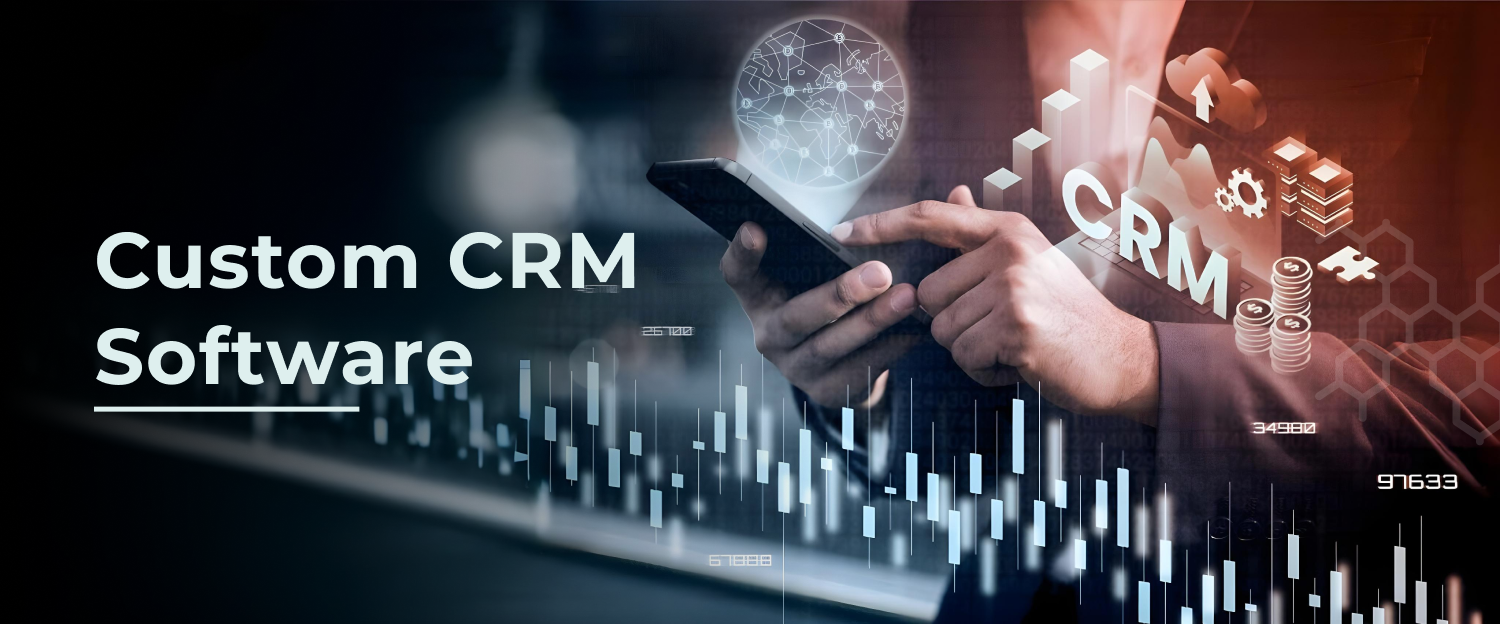




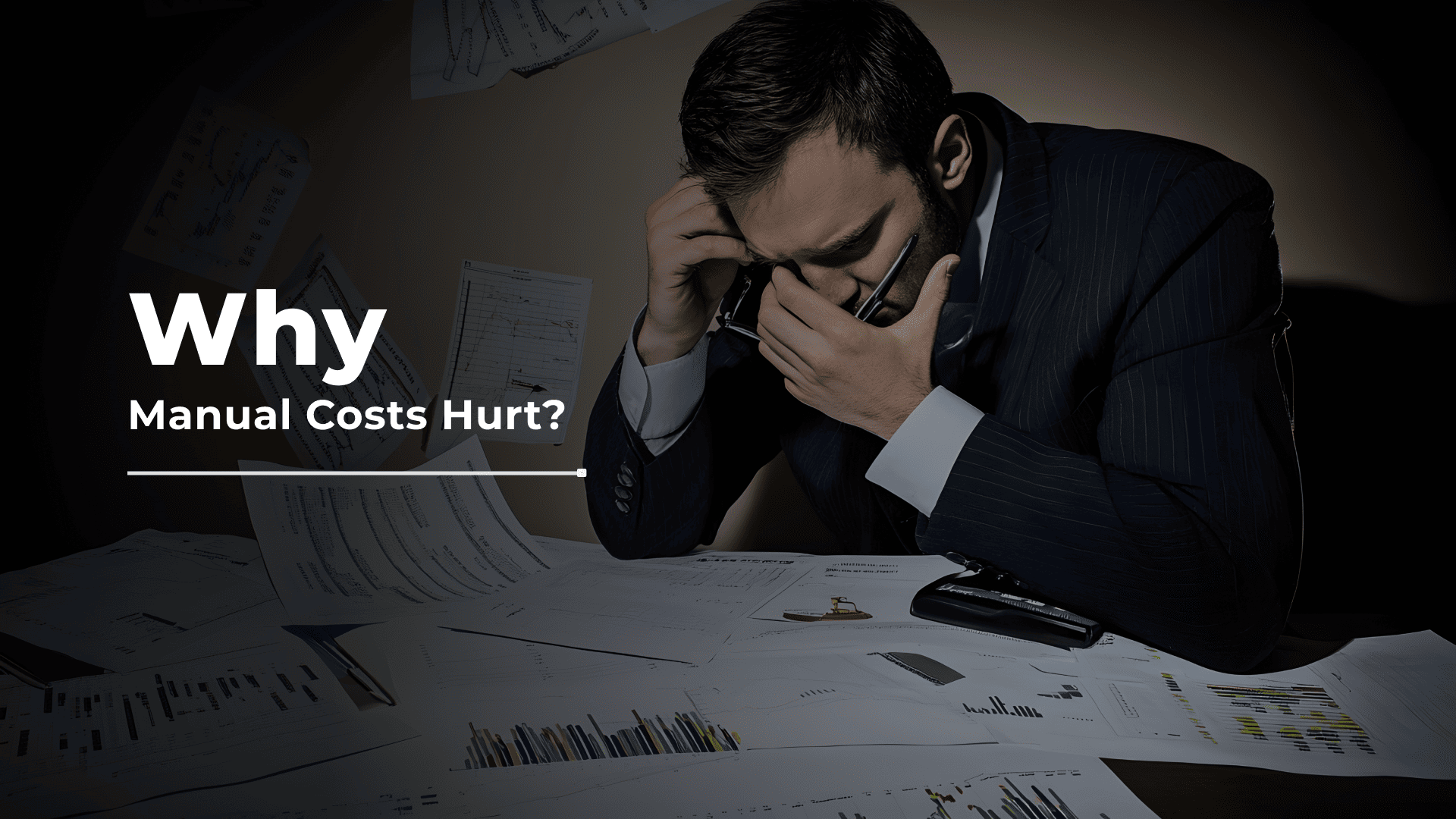


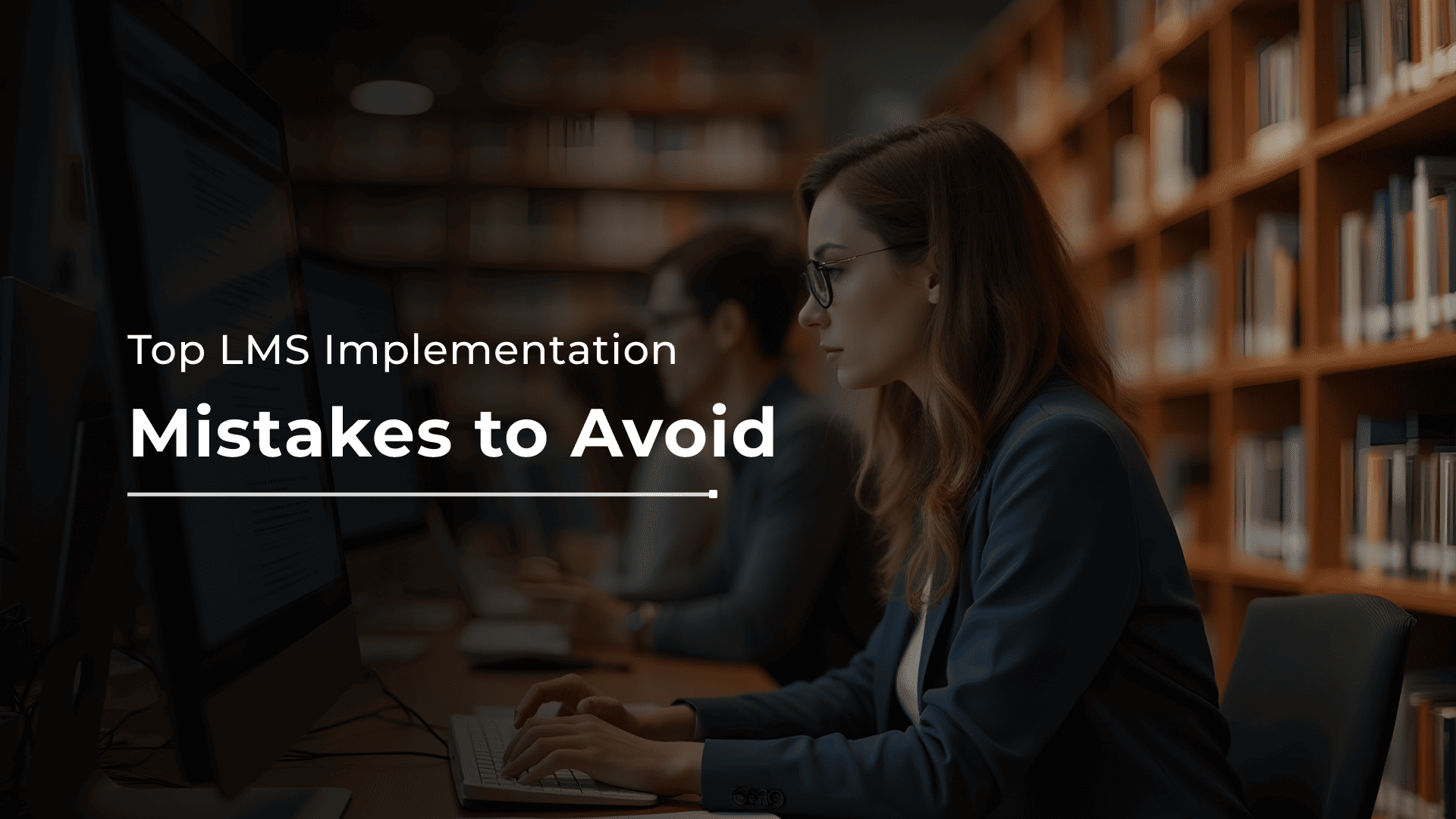


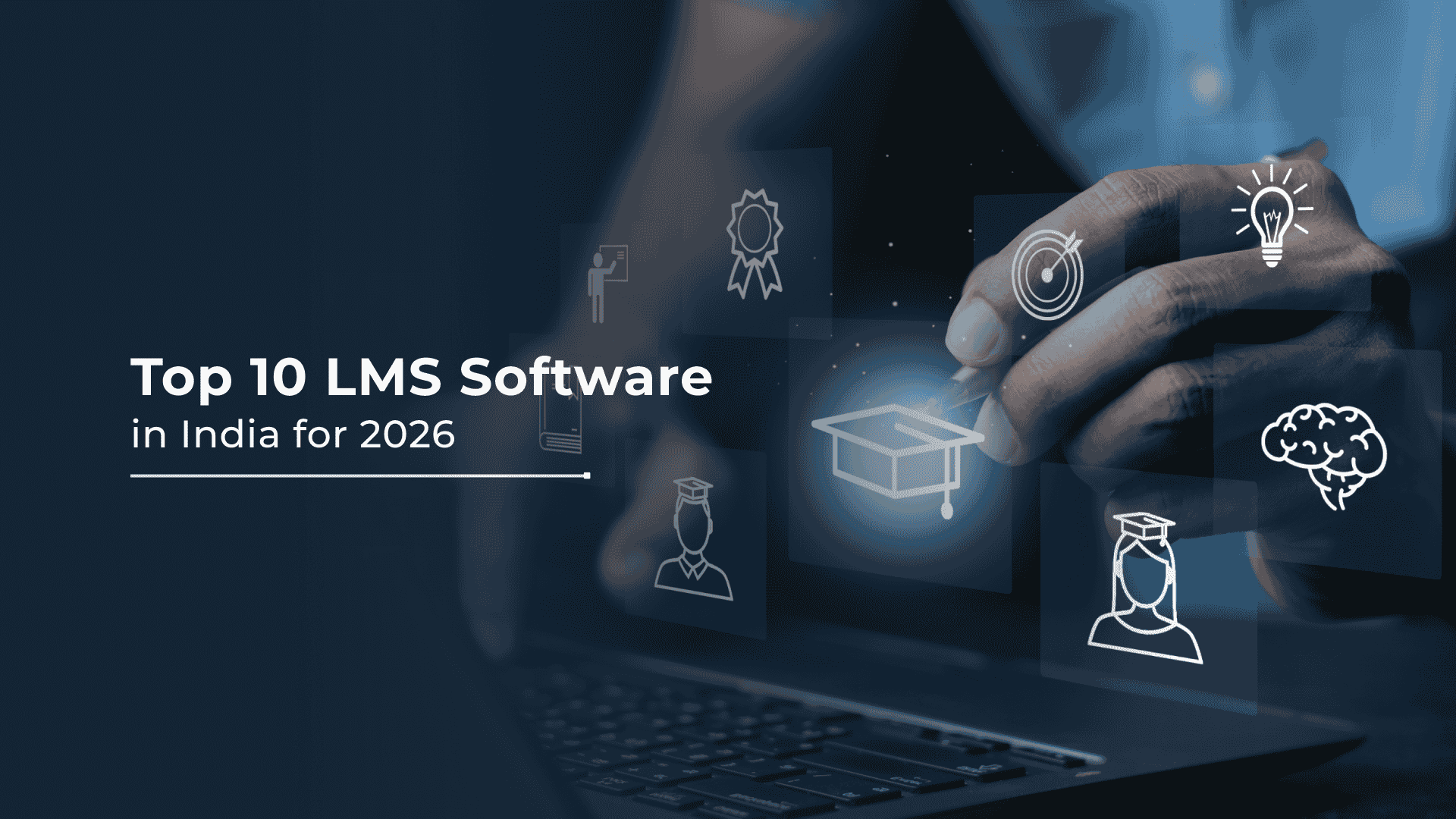







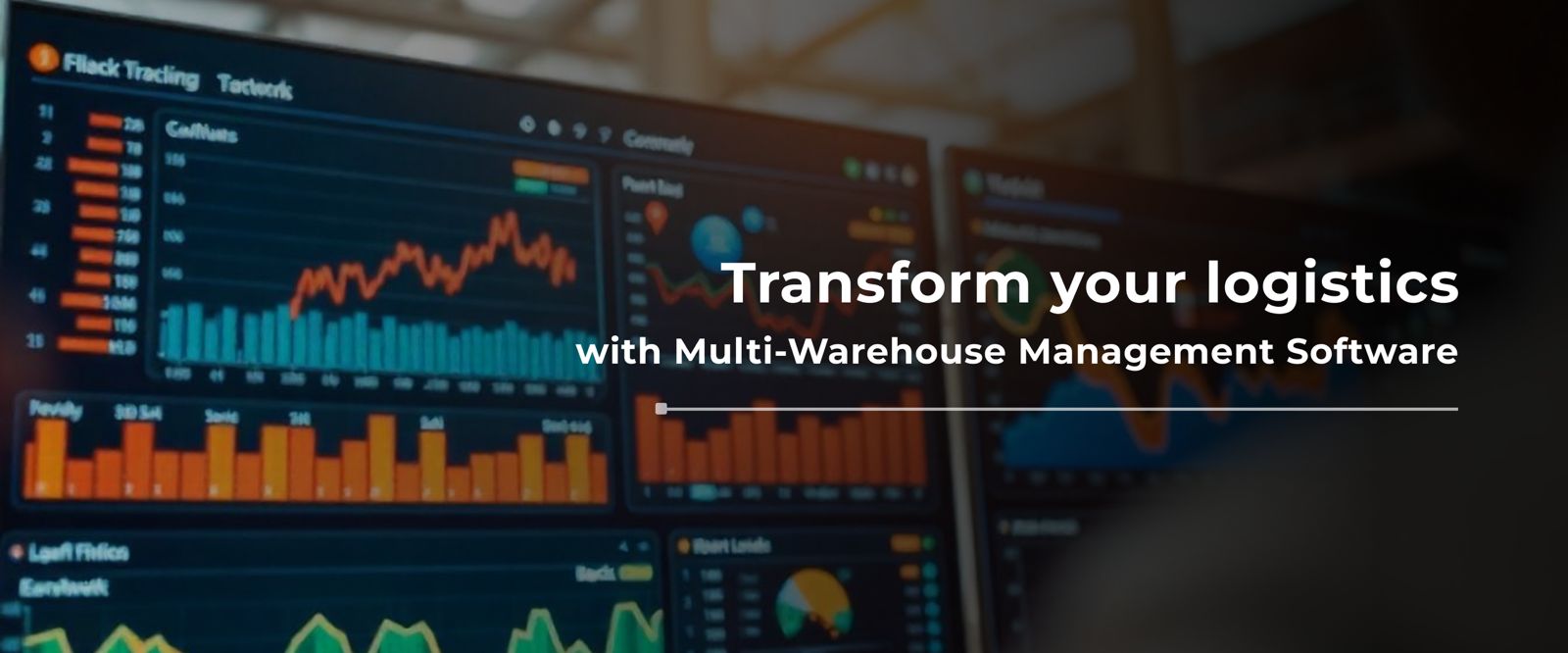










 Talk to our Expert
Talk to our Expert
